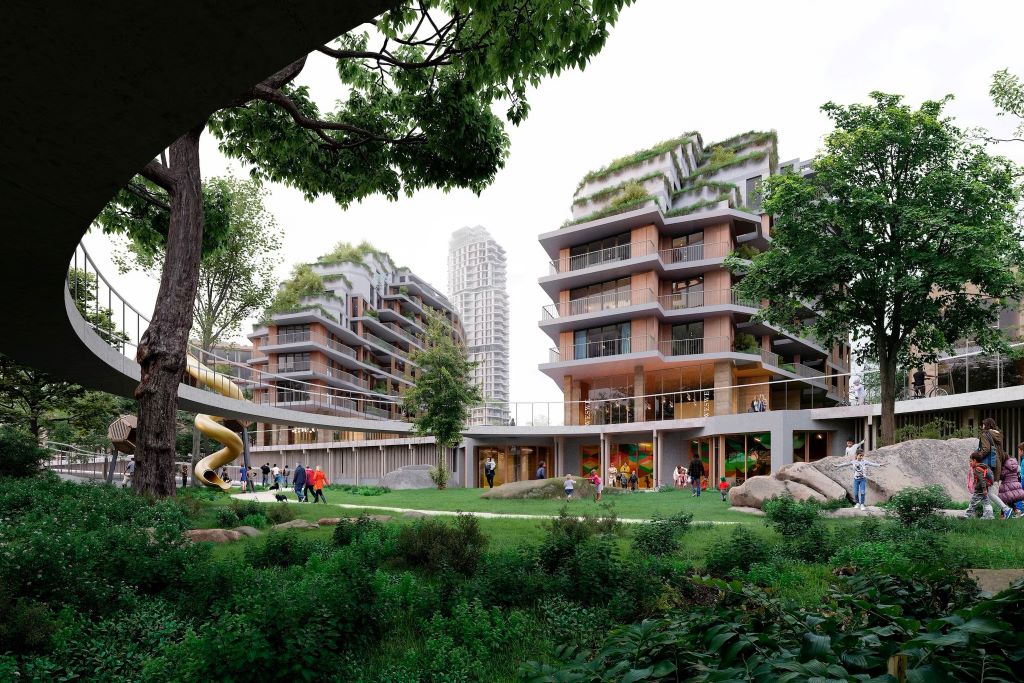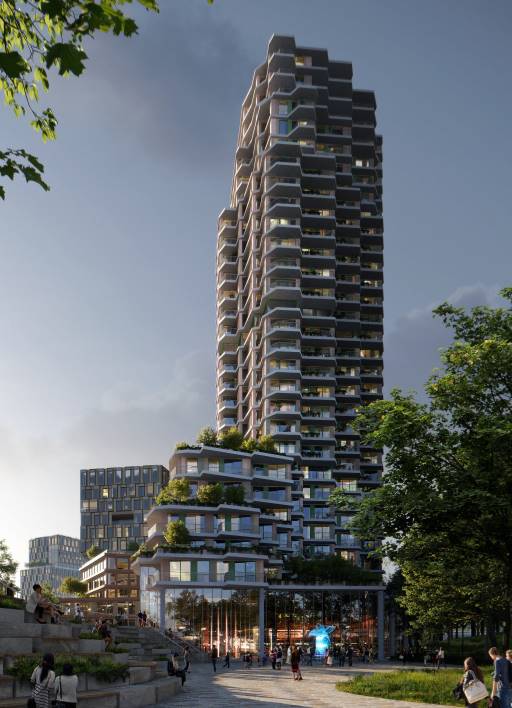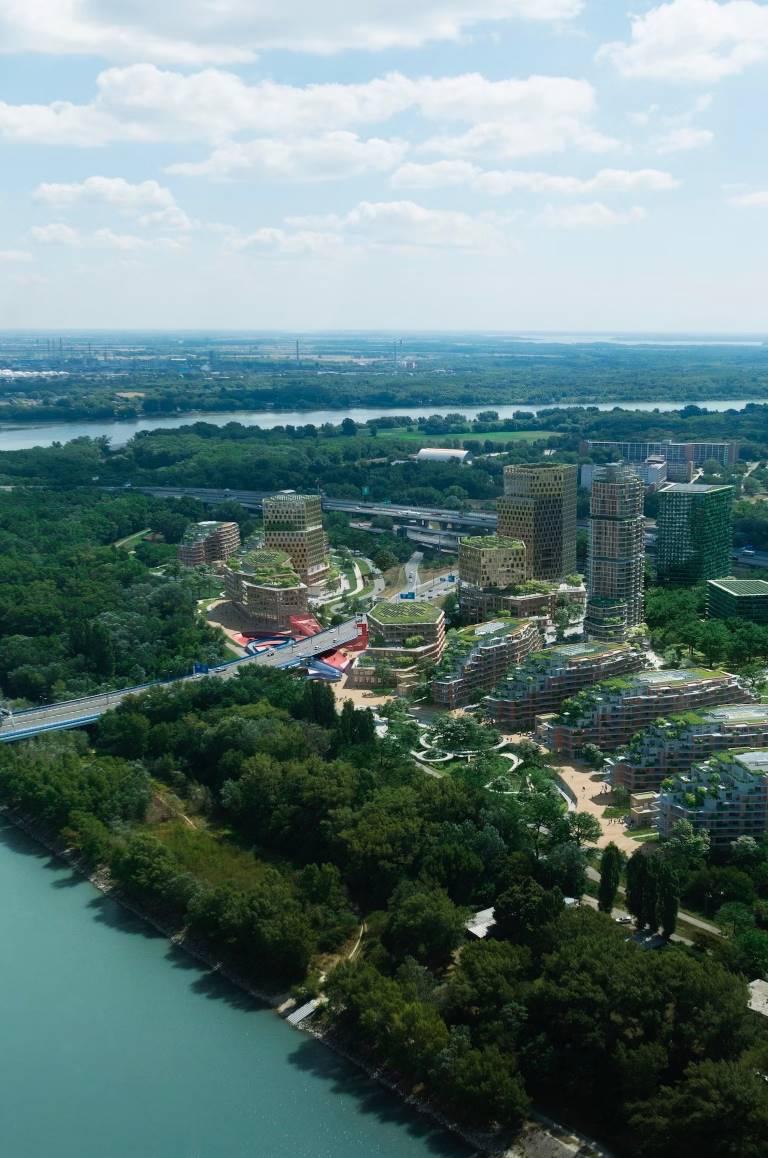
Development with Respect for Nature
The Southbank project site is located near Bratislavské luhy (Special area of conservation) an area of European significance, that includes the protected area of Soví les (Owl Forest). However, the project does not directly interfere with these areas in any way and is separated from them by a flood protection embankment and permanent grasslands.
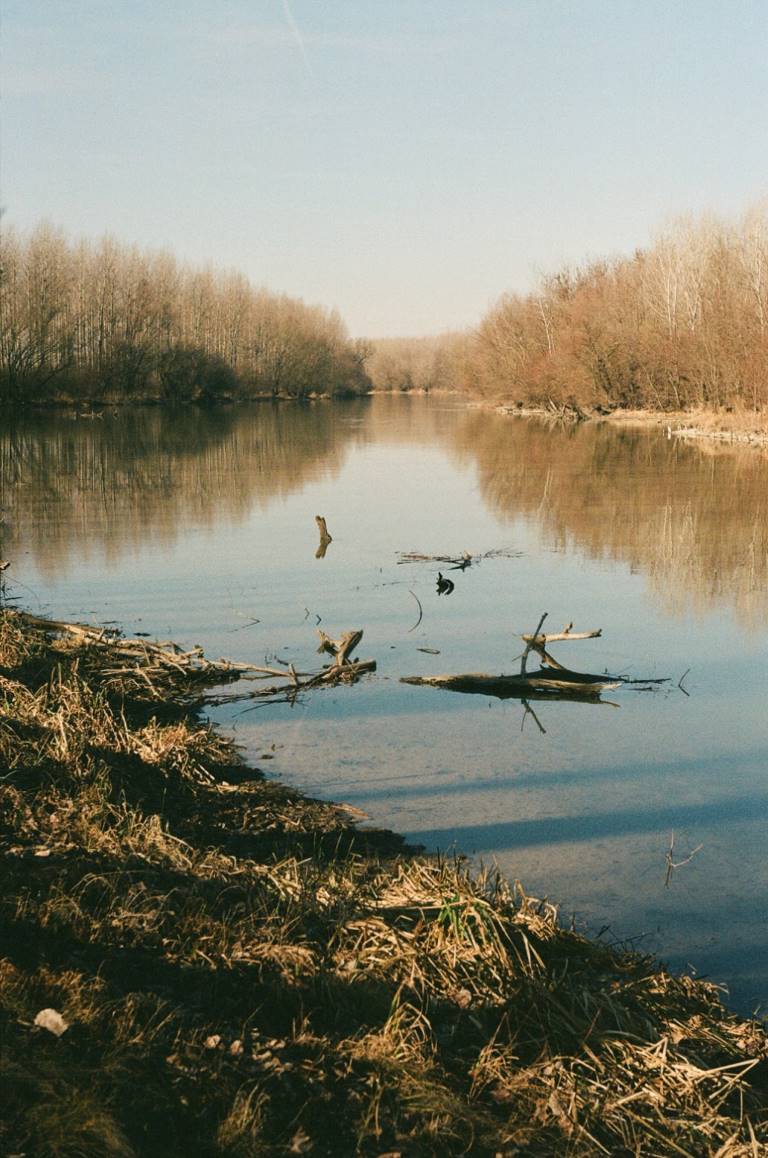
FLORA AND FAUNA SURVEY OF THE PROJECT
While the Southbank project does not directly affect the protected areas, out of respect for their proximity, we have engaged experts from the Slovak Academy of Sciences and conservation organizations to conduct a preemptive, professional assessment of any potential indirect impacts and evaluation of the evolving relationship between the urbanized and natural environments.
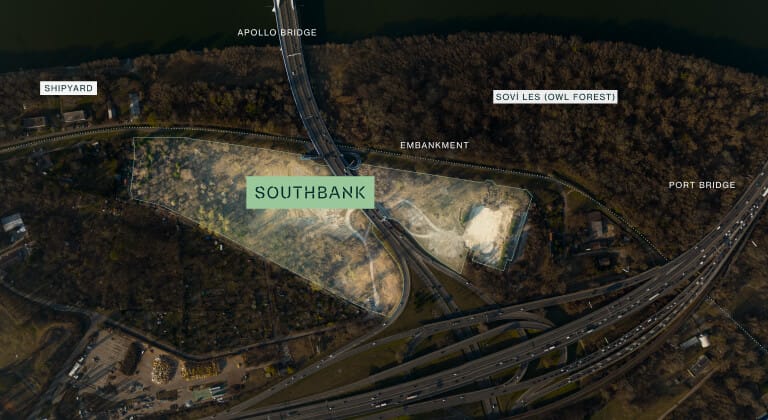
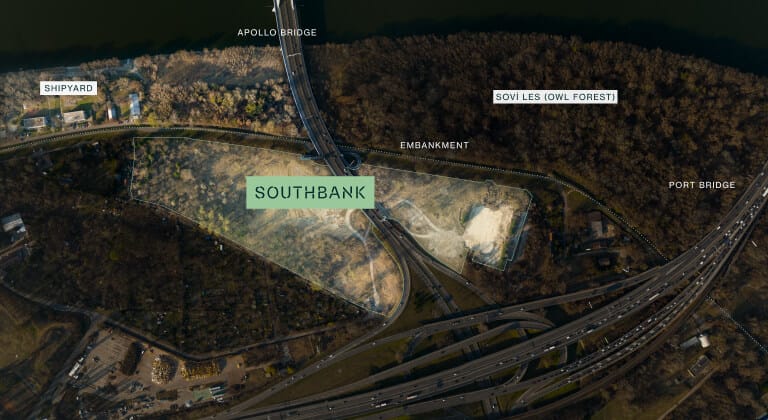

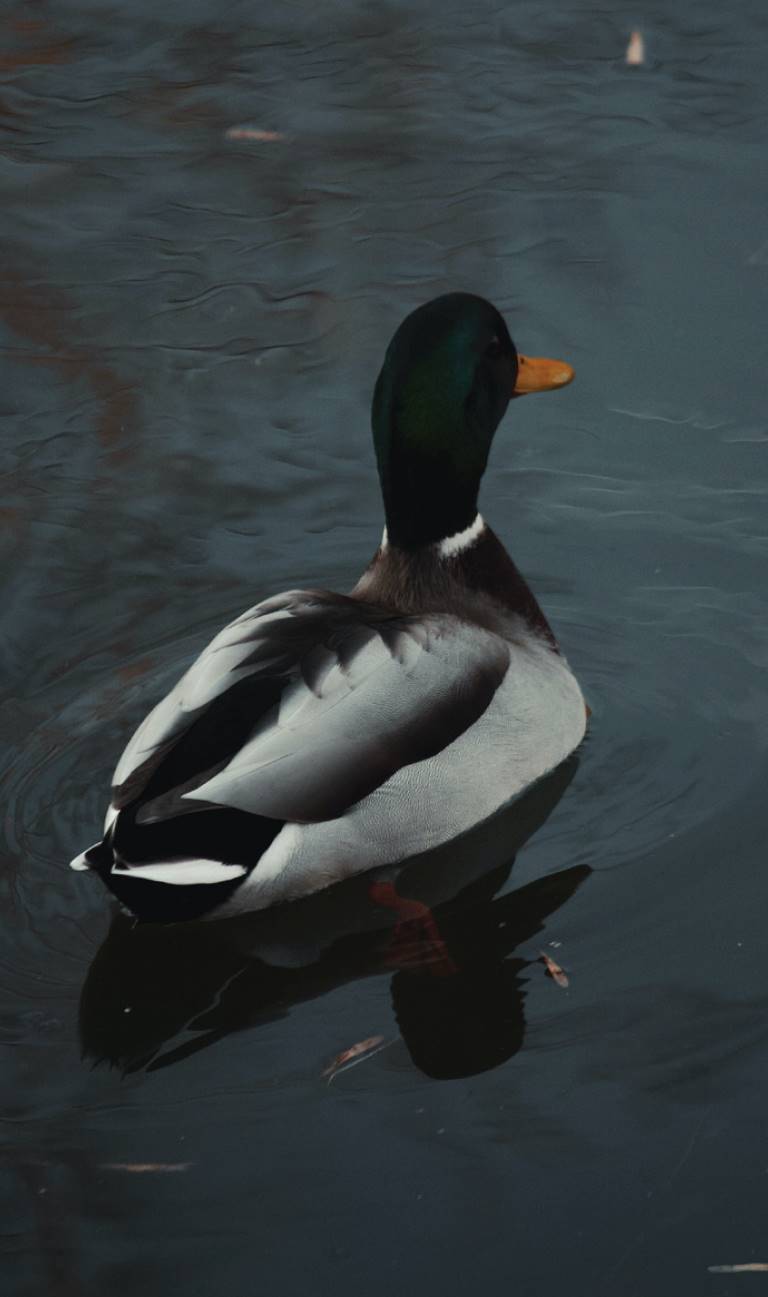
Neighbors who Matter Most
A study was conducted to initially identify the potential impacts of the Southbank project on the NATURA 2000 protected areas, according to the Methodology for assessing the impact of plans and projects on sites of the NATURA 2000 network in the Slovak Republic, developed by the State Nature Protection of the Slovak Republic. Experts specializing in specific groups of plants and organisms, who also work as scientists and teachers, prepared a series of proposed mitigation measures.
Identification of impact involves intensive, several-month-long field research conducted by experts specializing in specific plant and animal groups directly within the area of interest and in surrounding protected areas. They also gathered existing data from scientific databases. The research covered vegetation, invertebrates, amphibians, reptiles, birds, bats, and small mammals. Based on the data collected, the potential impact on individual NATURA 2000 network sites will be assessed in terms of their conservation objectives, as well as on other species of European significance identified in the area.
„Thanks to the terrain modifications of the winning architectural proposal, a large part of the existing biotope of the soft soft floodplain forest will be preserved. This biotope will continue to mitigate the adverse effects of climate change, maintain biodiversity, and create favorable habitat conditions for various species of animals, birds, and insects“
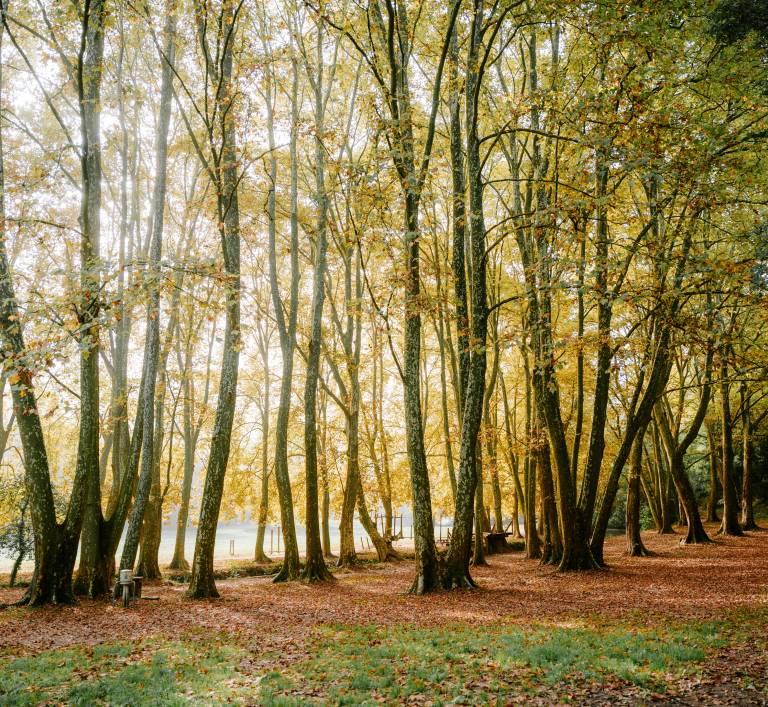
Flora
As part of landscaping, experts have recommended planting native tree species typical of this biotope, along with species found in nearby biotope, and trees from the hard floodplain forest biotope which often neighbors with soft floodplain forests in nature. The project will therefore include willows, poplars, ashes, oaks, and elms.
The greenery in Southbank will thus create a mosaic of vegetation similar to what once existed in the Danube basin. Together with Soví les (Owl Forest), it will form an interconnected network of biotopes and standalone trees on both sides of the embankment. This biotope can support wildlife, former ecosystem services, and contribute to carbon sequestration in the wood, soil, and surrounding vegetation.
Detailed mapping of the area by experts also revealed a significant presence of invasive plant species, which are currently affecting Soví les (Owl Forest). Before construction begins, these invasive plants and trees will be removed from the Southbank area to prevent further degradation of the nearby protected area.
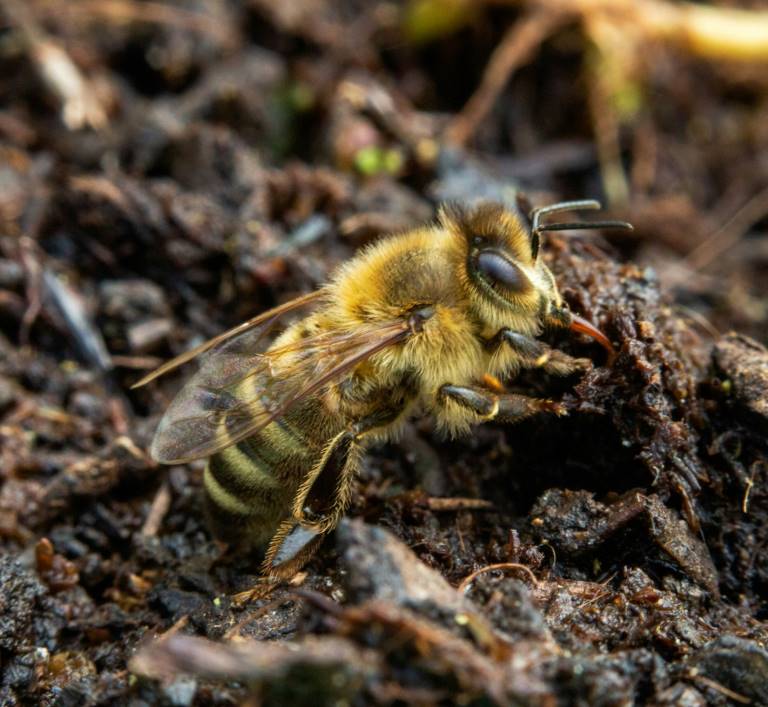
Invertebrates
As part of the survey, experts also studied invertebrates throughout the entire site and its broader surroundings. The most notable discovery was the bee Epeolus tarsalis, a rare and little-studied species, although not of European, significance.
To preserve this rare species, a part of the tall herbaceous meadow-like vegetation will be kept. This vegetation will be mowed once a year, at the end of the growing season in October, or potentially in a mosaic mowing pattern in May. Since the bee is active in late summer, particularly in September, it is essential to ensure an abundance of flowers during this period.
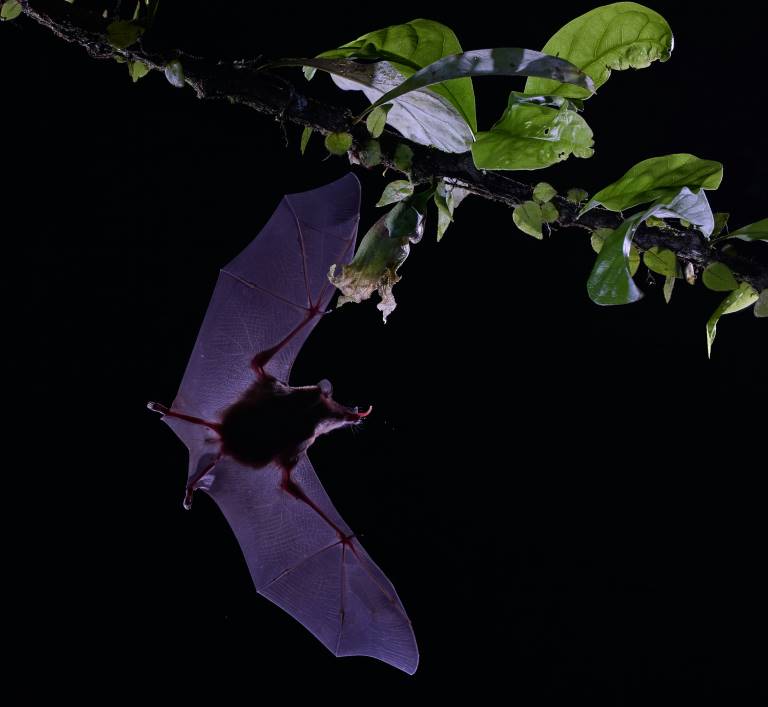
Birds and Bats
In the area of the Southbank project, mature trees, especially oaks and poplars are vital for birds and bats. These trees provide an abundance of food and offer nesting opportunities in cavities, bark crevices, and broad spreading crowns. Preserving these trees is therefore essential. Together with the project designers, these trees were mapped with GPS, and most of them will be preserved.
Food sources are crucial for birds and bats, which currently forage in both trees and grass-herb vegetation in abandoned areas. To support them, the project will plant ‘urban meadows’ rich in flowering species, attracting a large number of insects and thus providing birds with additional food sources.
In Tune with Nature
The aim to minimize potential negative impacts was a key consideration when selecting the competition proposal, which featured the Bowls concept. These efforts will be further strengthened by incorporating a series of mitigation measures, proposed by the authors of this study, into the subsequent stages of refining the architectural and urban planning concept. The architects will actively consult with the study authors on the detailed solution proposal during the next stages of project.
